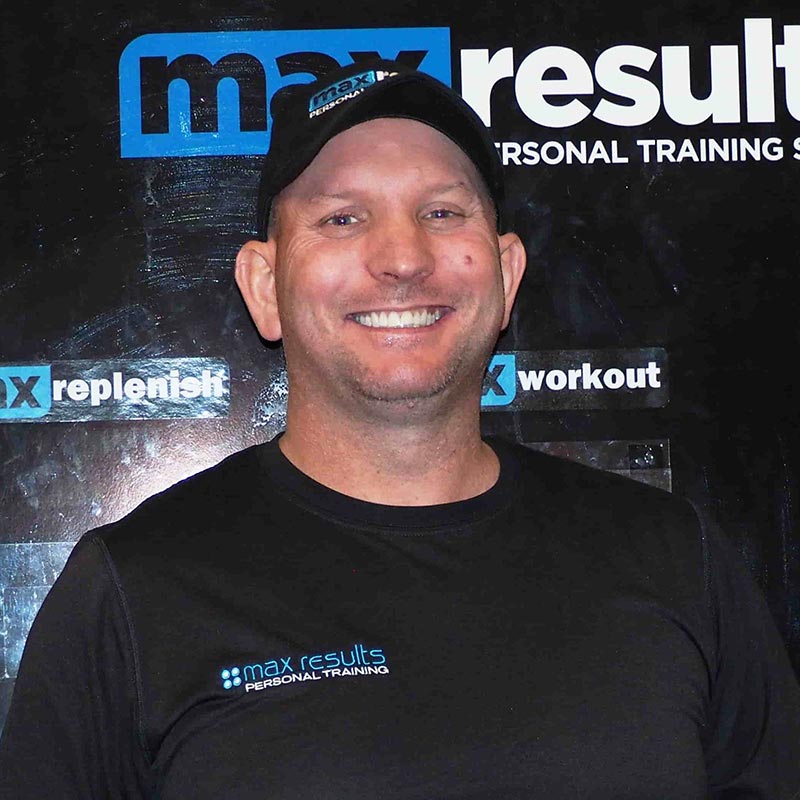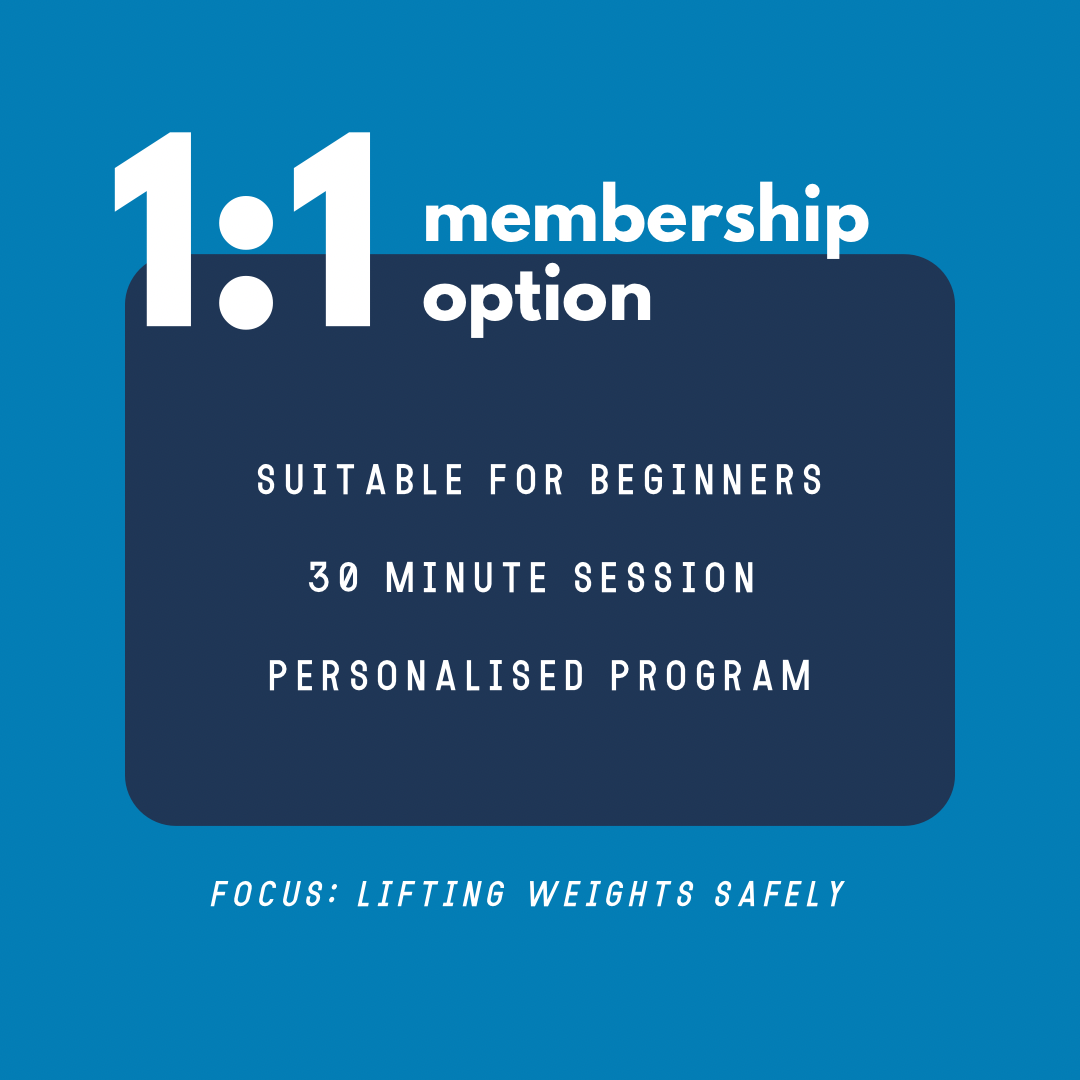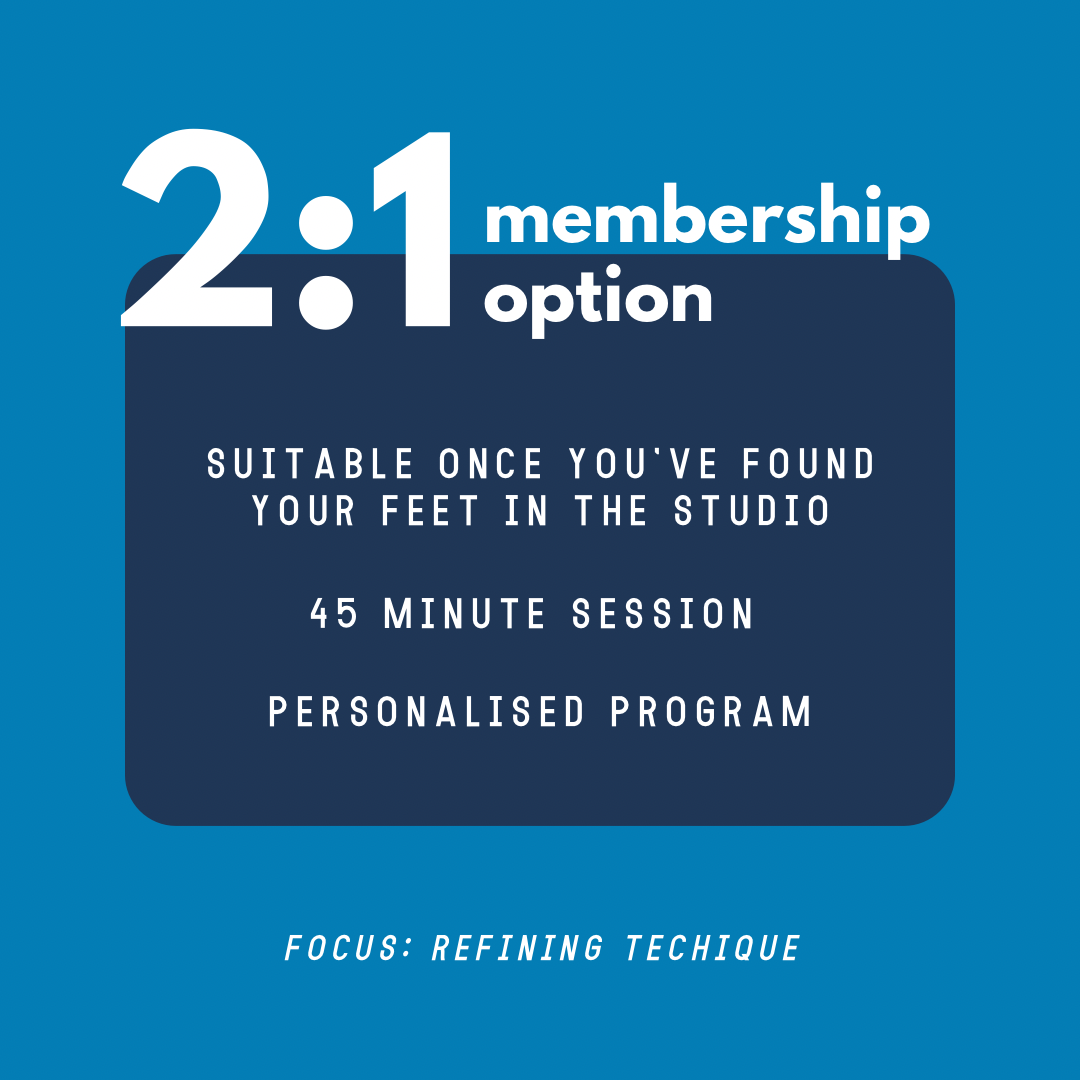Overview
The glutes play an important role in many daily functions and sporting movements; from getting up from the couch, to explosive movements like sprinting and jumping. More specifically though, this blog will focus around the importance of the lateral gluteal muscles – gluteus medius and gluteus minimus.
The lateral gluteal muscles’ primary functions are hip abduction (leg moves away from midline of the body) and hip internal rotation, however they are also an important hip stabiliser which means they help control the position of your pelvis, hips, knees, and ankles. That last point should give an indication of the critical role in running they serve.
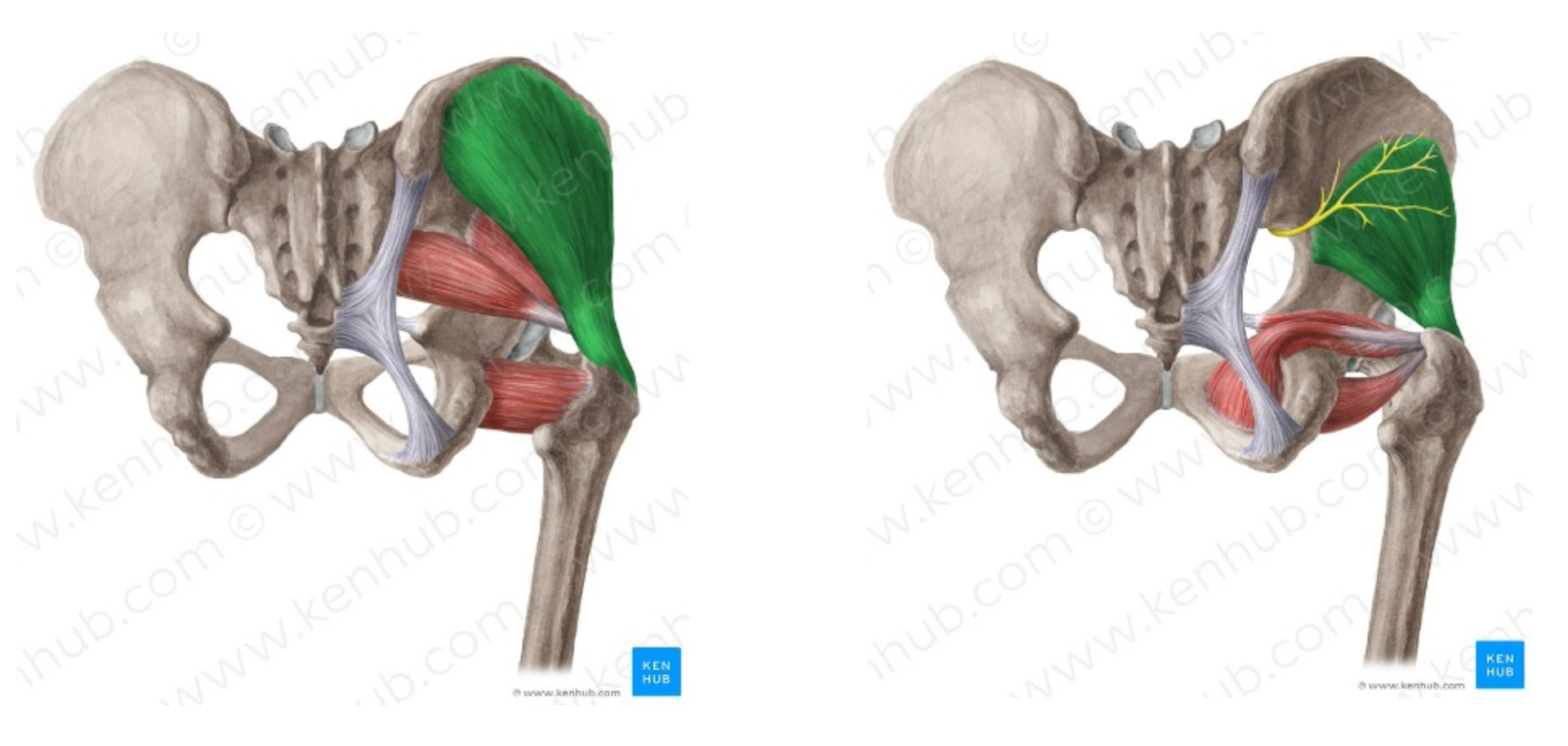
Importance during running
A recently published study by Fetters (2019) explored the contribution of the lateral gluteals to running, the implications of weakness, and exercises to strengthen them.
During running, both lateral gluteal muscles stabilise the hip joint throughout the whole gait cycle. Glute medius acts eccentrically to control hip adduction (when the leg moves in towards the midline of your body) when your foot strikes the ground, while glute minimus serves to stabilise the hips during the midphase and late phase of the gait cycle.
Weakness of these gluteal muscles can have implications on running and lead to injury risk. Fetters (2019) explains that strength impairments can lead to the following:
- Increased peak vertical ground reaction forces while running (meaning high levels of force are going through your joints and potentially wearing you down)
- Impairment of the body to properly absorb these forces
- Reduced metabolic efficiency and running economy
- Increased risk of chronic injuries such as iliotibial band syndrome, low back pain, and plantar fasciitis
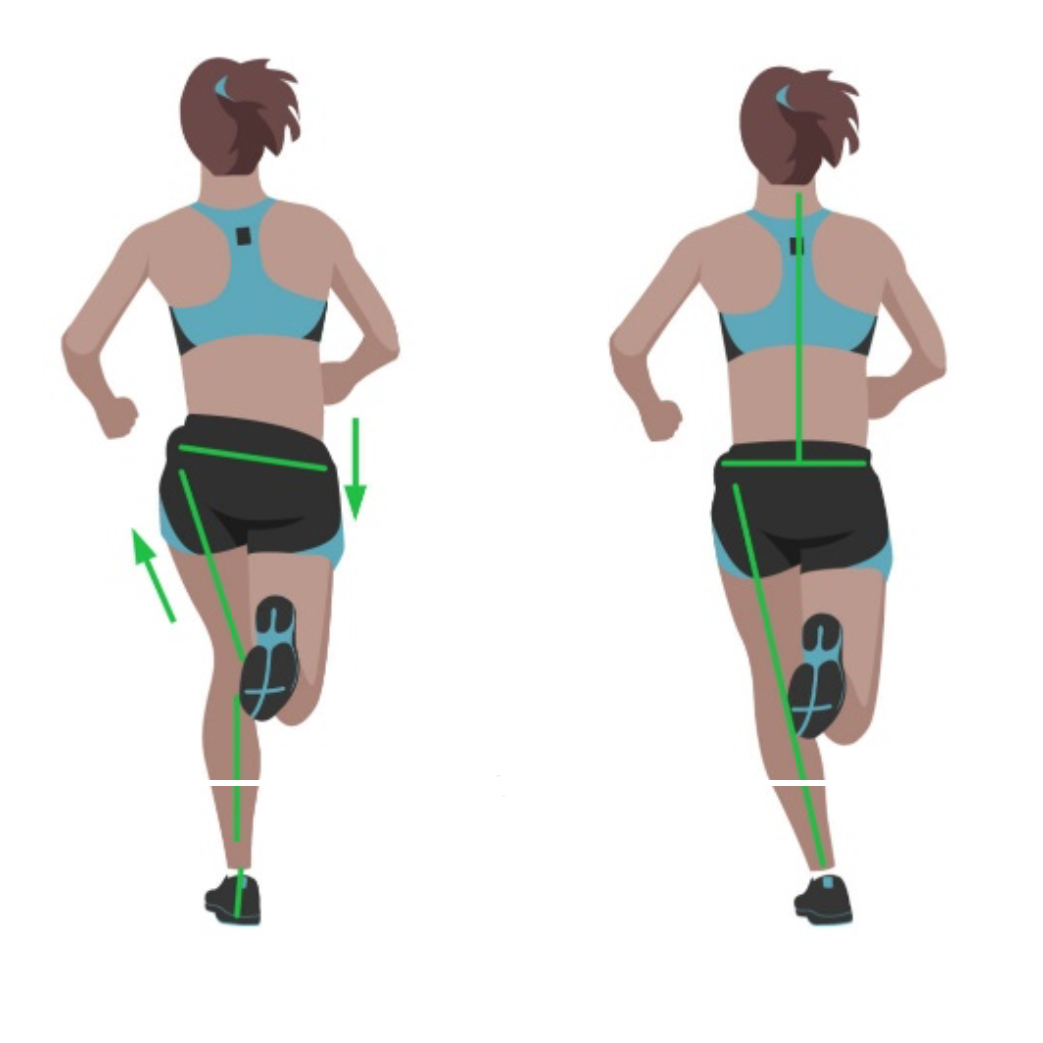
Exercises
There are a whole variety of exercises these days that we know target the lateral gluteal muscles. Some examples include clamshells, crab walks, single leg squats, and single leg bridges to name a few. You should be including at least one of these in your training program. If not, talk to your trainer on which one/s they see best fit depending on your training status.

Finally, on a side note we obviously don’t want to disregard the gluteus maximus (the biggest and most powerful glute muscle) as this helps you push hard off the ground and propel you forward during running by extending the hip (Lieberman, 2006). Exercises focusing on hip extension should also be included as part of your training program.
References
- Fetters, K. (2019). Exploring the Role of the Lateral Gluteal Muscles in Running. Strength and Conditioning Journal, p.1.
- Lieberman, D. (2006). The human gluteus maximus and its role in running. Journal of Experimental Biology, 209(11), pp.2143-2155.

